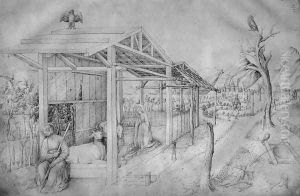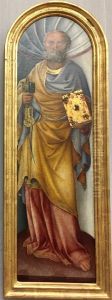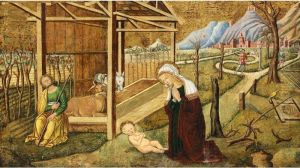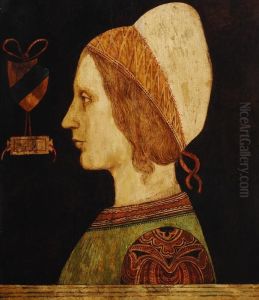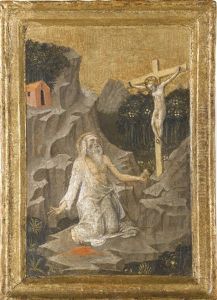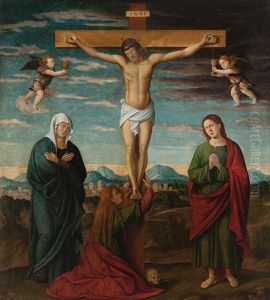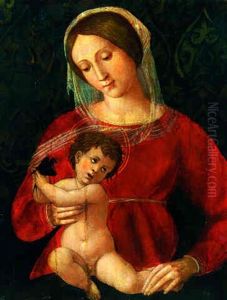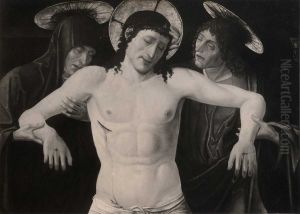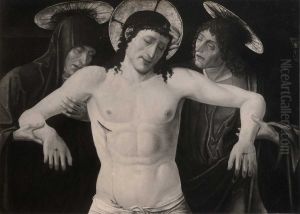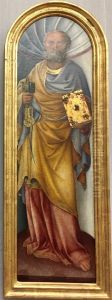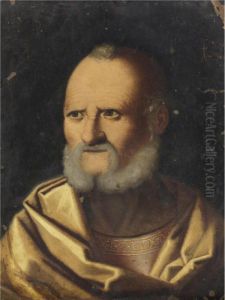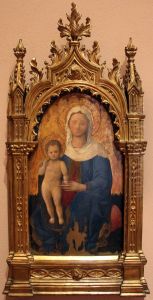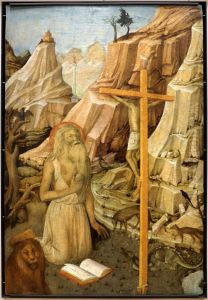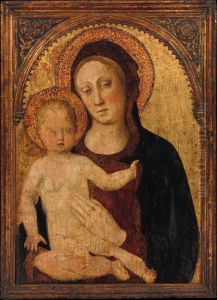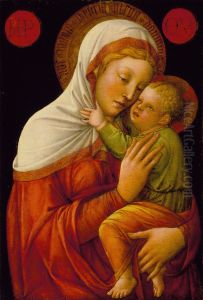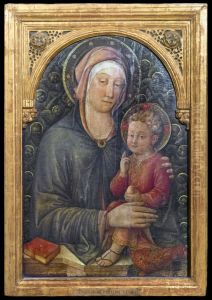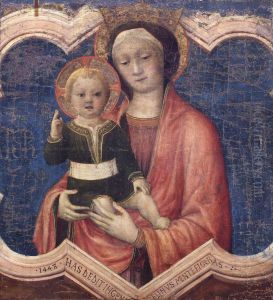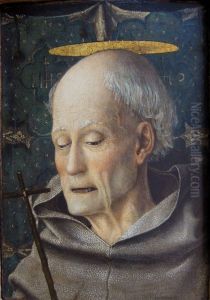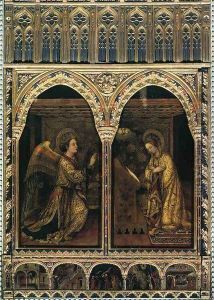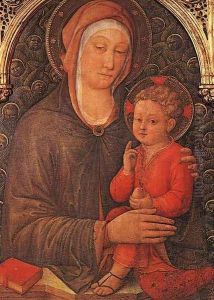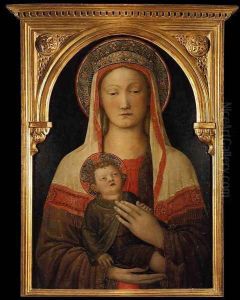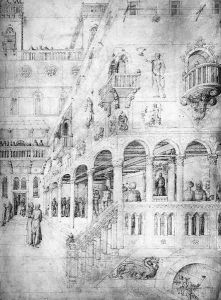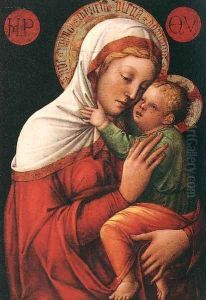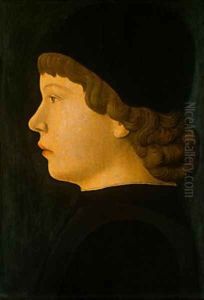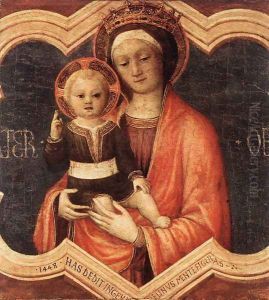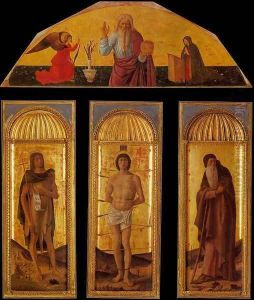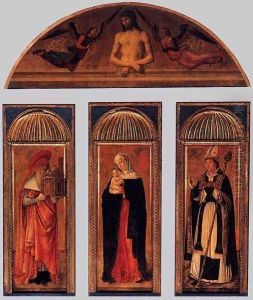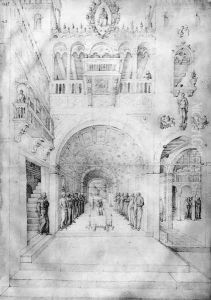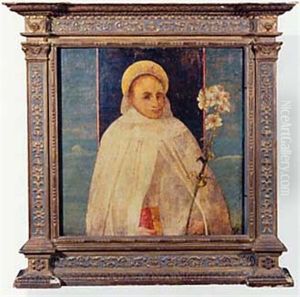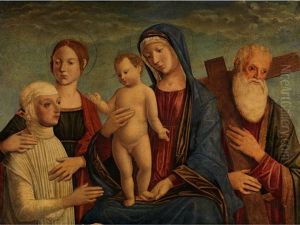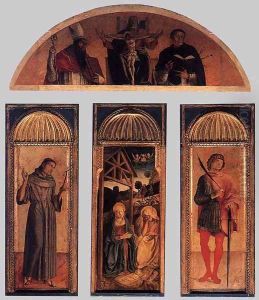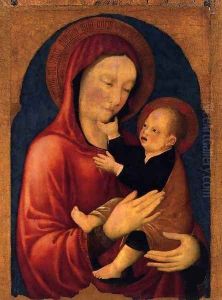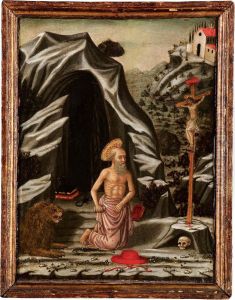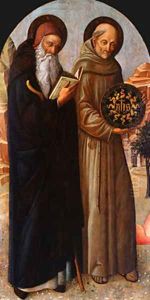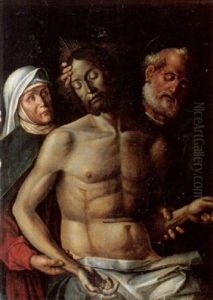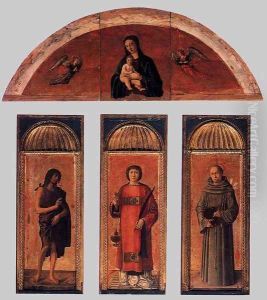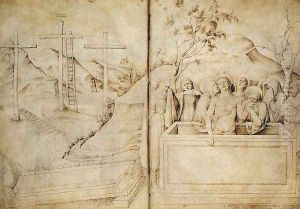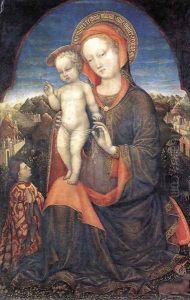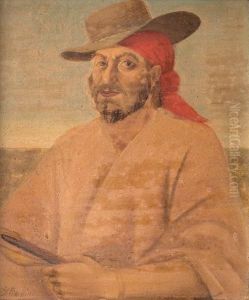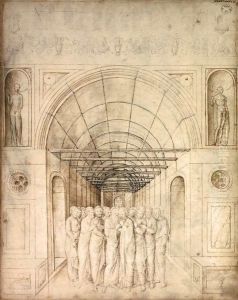Jacopo Bellini Paintings
Jacopo Bellini was an Italian Renaissance painter and a founder of the Venetian School of painting. He was born in Venice around the year 1400. Bellini was a key figure in the early Renaissance, and he played a pivotal role in the development of Venetian art, influencing the style and careers of his sons Gentile and Giovanni Bellini, as well as his son-in-law Andrea Mantegna.
Bellini's early work was influenced by his teacher Gentile da Fabriano, a leading exponent of the ornate International Gothic style. However, his style evolved over the years, and he began to incorporate more naturalistic elements and a greater sense of space, which would become hallmarks of the Venetian School. Jacopo's work is known for its delicate coloration and attention to detail, and he was one of the first artists to experiment with the use of oil paint, a technique that his sons would later develop further.
Throughout his career, Jacopo Bellini produced a number of significant altarpieces and religious works. One of his most important contributions to the art world was his sketchbook, filled with drawings that reflect his ideas about composition, perspective, and narrative, which was a vital resource for his contemporaries and future generations of artists. Unfortunately, many of his paintings have been lost over time, and today he is known more through his drawings and the work of his more famous sons.
Bellini was also influential in fostering a new approach to landscape, integrating it as a harmonious backdrop for religious scenes, which was a departure from the predominantly gold backgrounds of earlier medieval painting. His landscapes showed a keen observation of natural phenomena and an innovative use of perspective to create depth.
Jacopo Bellini's exact date of death is not known, but it is believed that he died around the year 1470. His legacy lived on through his sons, who became leading figures in the Venetian Renaissance, and through his contributions to the development of Renaissance art in Venice, which would flourish in the late 15th and early 16th centuries.
